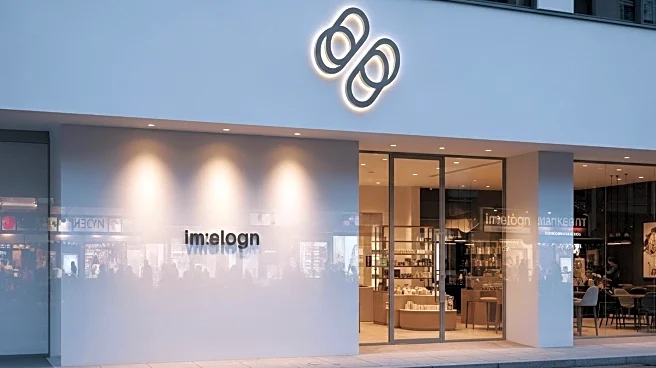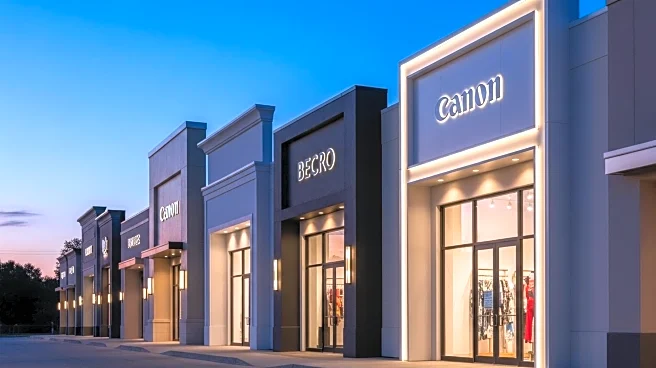What's Happening?
Out-of-home (OOH) advertising has undergone significant changes, becoming one of the most progressive media spaces. Historically dominated by static billboards and large brands, OOH now leverages digital technology, data integration, and programmatic buying to democratize access. This shift allows smaller brands to compete alongside larger ones by offering flexible buying options and real-time creative adaptability. Digital screens can now change messages based on live data, such as weather or time of day, enhancing contextual relevance. The UK OOH sector saw a revenue increase of 7.7% in 2024, with digital formats capturing two-thirds of the spend. Programmatic trading is expected to rise, further transforming OOH into a dynamic and responsive advertising medium.
Why It's Important?
The transformation of OOH advertising is significant for marketers seeking innovative and effective channels. By reducing barriers to entry, smaller brands can now utilize OOH to increase visibility and compete with established names. The ability to adapt creative content in real-time enhances engagement and relevance, making OOH a leader in contextual advertising. Additionally, improved measurement techniques allow marketers to track the impact of OOH campaigns, bridging the gap between brand awareness and performance metrics. This evolution positions OOH as a forward-thinking investment in the media landscape, offering both scale and accountability.
What's Next?
As automation, artificial intelligence, and data integration continue to evolve, OOH is expected to further innovate, maintaining its status as a future-facing advertising space. Marketers may increasingly adopt OOH for its flexibility and measurable impact, potentially leading to more diverse and creative campaigns. The rise in programmatic trading suggests a growing trend towards real-time, data-driven advertising strategies, which could redefine how brands interact with consumers in physical spaces.
Beyond the Headlines
The shift in OOH advertising reflects broader trends in media consumption and technology adoption. As digital channels face challenges like fragmentation and declining trust, OOH's ability to offer real-time, contextually relevant content positions it as a reliable alternative. This transformation also highlights the importance of adaptability in advertising, as brands seek to engage consumers in increasingly dynamic environments.











